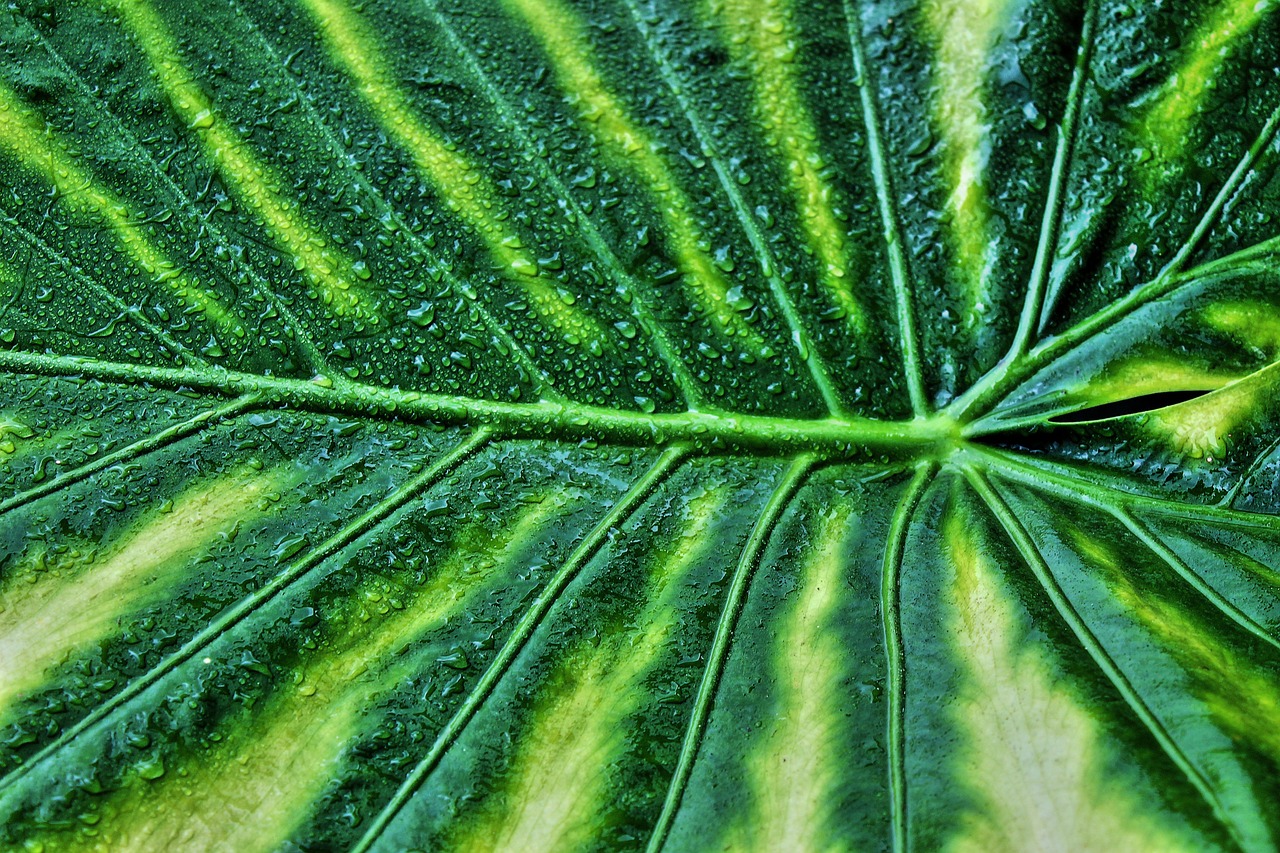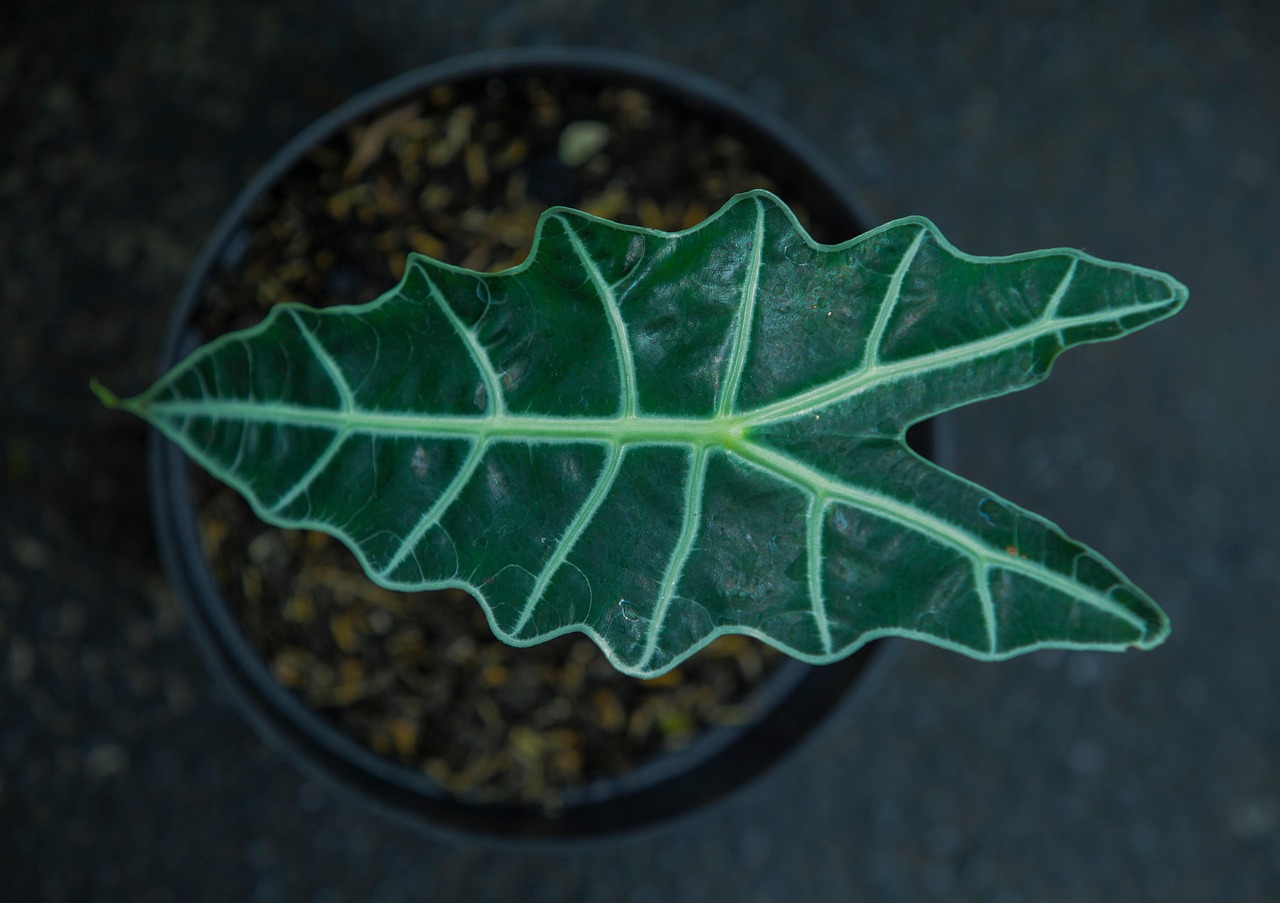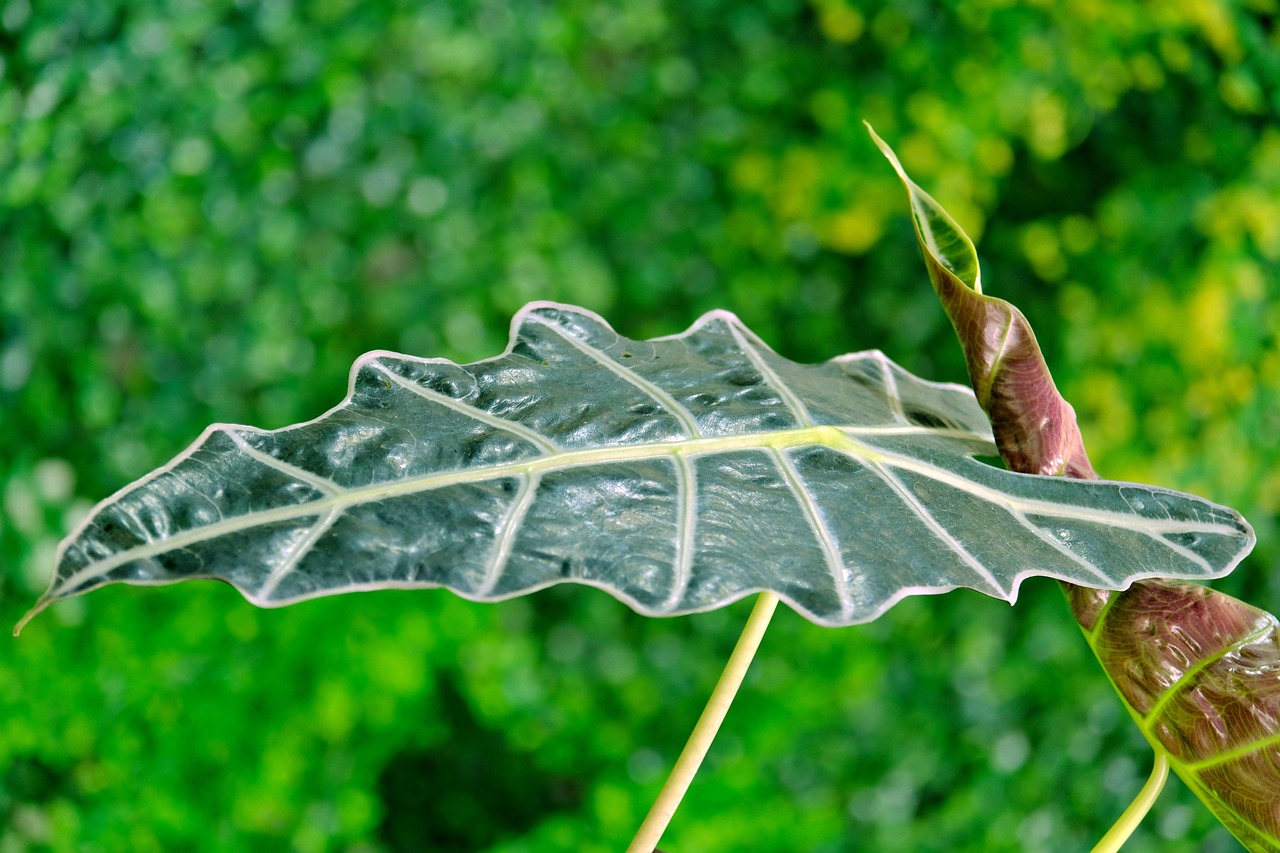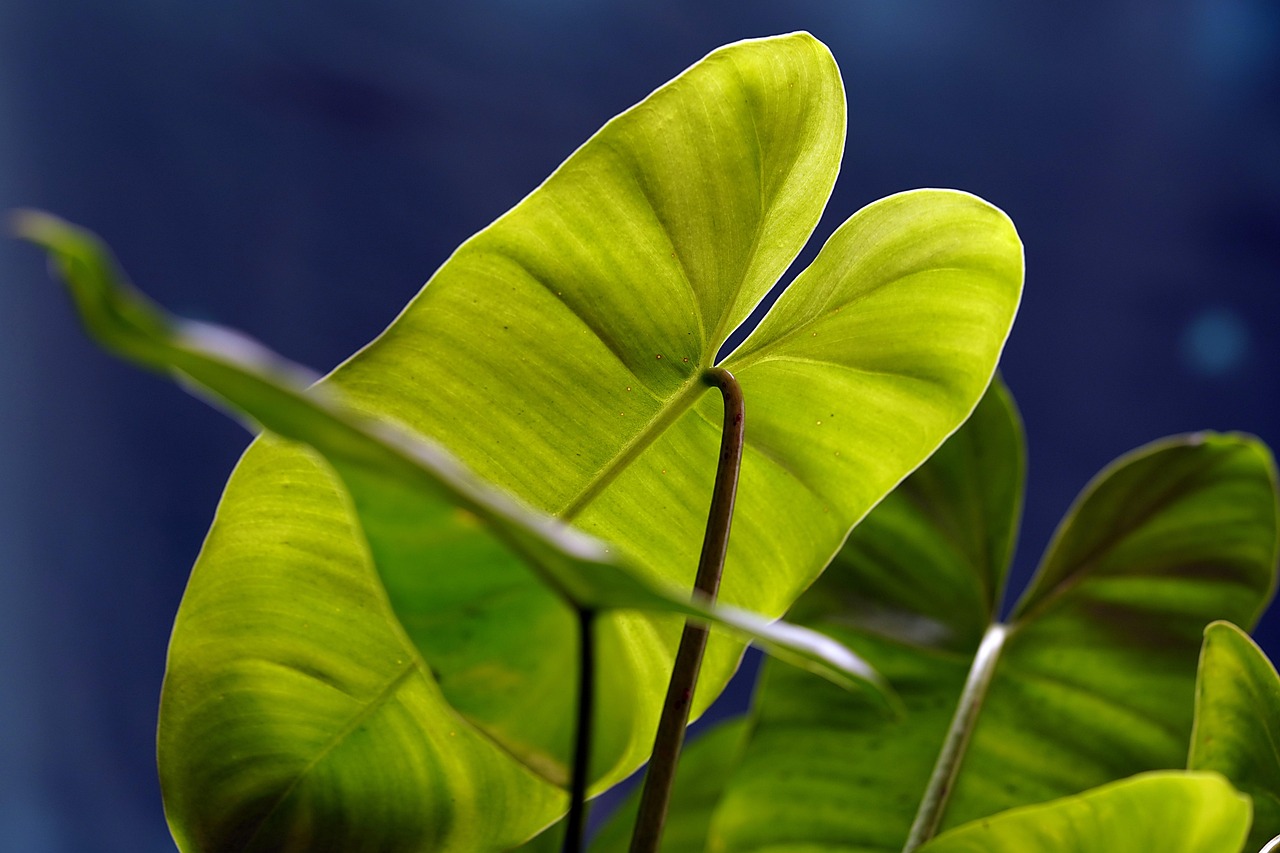Cucullata Alocasia, commonly known as the hooded elephant ear, requires specific care and maintenance for optimal growth. This plant thrives in humid environments with indirect light, well-draining soil, and consistent watering to maintain soil moisture without overwatering.
The Cucullata Alocasia is a stunning tropical plant native to Southeast Asia. It is valued for its large, striking leaves that can create a vibrant focal point in any indoor or outdoor space. The plant’s unique leaf shape resembles a hood, which is where it gets its name. Proper care is essential to keep this plant healthy and thriving.
When caring for Cucullata Alocasia, it is important to understand its natural habitat. In the wild, this plant grows in humid, tropical conditions with plenty of shade. Therefore, replicating this environment at home is crucial. Below are some key aspects of care that every plant owner should consider.
Light Requirements

Cucullata Alocasia prefers bright, indirect sunlight. Direct sunlight can scorch its leaves, while too little light can hinder its growth. Placing the plant near a window with filtered light is ideal. If you notice the leaves stretching or turning yellow, it may need more light.
Soil and Potting
This plant thrives in well-draining soil that retains some moisture but does not become soggy. A mix of potting soil, peat moss, and perlite works well. Ensure that the pot has drainage holes to prevent root rot. Repotting is recommended every couple of years to refresh the soil and allow for growth.
Watering
Watering Cucullata Alocasia requires careful attention. The soil should be kept consistently moist but not waterlogged. It is best to allow the top inch of soil to dry out between waterings. Overwatering can lead to root rot, while underwatering can cause the leaves to droop and wilt.
Humidity and Temperature
Cucullata Alocasia thrives in high humidity environments. If the air in your home is dry, consider using a humidifier or placing a tray of water near the plant to increase humidity levels. Ideal temperatures for this plant range from 65°F to 80°F (18°C to 27°C). Avoid exposing it to cold drafts or sudden temperature changes.
Fertilizing
During the growing season, which typically runs from spring to summer, Cucullata Alocasia benefits from regular fertilization. A balanced liquid fertilizer diluted to half strength can be applied every four to six weeks. Be cautious not to over-fertilize, as this can harm the plant.
Pest Management
Like many houseplants, Cucullata Alocasia can attract pests such as spider mites and aphids. Regularly inspecting the leaves and stems can help identify any infestations early. If pests are found, they can often be treated with insecticidal soap or neem oil.
Common Issues
Some common problems that may arise while caring for Cucullata Alocasia include:
- Yellowing Leaves: This may indicate overwatering or insufficient light.
- Wilting Leaves: This can result from underwatering or low humidity.
- Brown Leaf Edges: This often points to low humidity levels.
| Care Aspect | Recommendation |
|---|---|
| Light | Bright, indirect sunlight |
| Soil | Well-draining potting mix |
| Watering | Keep soil moist but not soggy |
| Humidity | High humidity (above 50%) |
| Temperature | 65°F to 80°F (18°C to 27°C) |
By understanding these key care factors, you can ensure that your Cucullata Alocasia remains healthy and vibrant. Regular attention to its needs will reward you with stunning foliage and a flourishing plant.
Propagation Techniques
Propagation of Cucullata Alocasia can be a rewarding endeavor for plant enthusiasts. By understanding the different methods available, you can successfully increase your plant collection. The most common propagation techniques for this plant include division and offsets.
Division
Division is a straightforward method that involves separating the plant into smaller sections. This technique is best done during the spring when the plant is actively growing. Here’s how to do it:
- Prepare Your Materials: Gather a sharp, sterile knife or garden spade, fresh potting soil, and new pots.
- Remove the Plant: Gently take the Cucullata Alocasia out of its pot. Be careful not to damage the roots.
- Divide the Root Ball: Locate natural divisions in the root ball. Cut through the roots to create two or more sections, ensuring each has some foliage and healthy roots.
- Pot the Divisions: Place each section into its pot with well-draining soil. Water them thoroughly.
Offsets
Cucullata Alocasia may produce offsets, which are smaller plants that grow from the base of the main plant. These offsets can be removed and potted separately. Follow these steps:
- Identify Offsets: Look for small plants at the base of the main plant that have their own roots.
- Carefully Remove: Gently separate the offset from the main plant. Use a clean knife if necessary to cut the connecting roots.
- Potting: Place the offset in a separate pot with suitable soil and water it lightly.
Pest and Disease Management
Caring for Cucullata Alocasia also involves being vigilant about pests and diseases. Early detection is key to preventing serious issues. Common pests to watch for include:
- Spider Mites: These tiny pests can cause leaf discoloration and webbing. Increase humidity and treat with insecticidal soap.
- Aphids: Small, sap-sucking insects that can lead to stunted growth. Regularly wipe leaves with a damp cloth to remove them.
- Mealybugs: These appear as white, cotton-like masses on stems and leaves. Remove them by hand or with a cotton swab dipped in alcohol.
Diseases
Cucullata Alocasia can also be susceptible to fungal and bacterial diseases, often due to overwatering or poor air circulation. Here are some common issues:
- Root Rot: Caused by overwatering, root rot leads to mushy roots. Ensure proper drainage and reduce watering frequency.
- Leaf Spot: Brown spots on leaves may indicate fungal infections. Remove affected leaves and improve air circulation.
Seasonal Care Adjustments
The care for Cucullata Alocasia may vary with the seasons. Understanding these changes can help maintain plant health throughout the year.
Spring
Spring is an active growth period for Cucullata Alocasia. It is an ideal time for repotting, fertilizing, and propagation. Ensure consistent watering as temperatures rise.
Summer
During summer, this plant thrives in warm temperatures and high humidity. Regularly check for pests as they tend to be more active. Maintain humidity levels by misting or using a humidifier.
Fall
As temperatures begin to drop, reduce watering slightly. The plant will enter a rest phase, so fertilization can be less frequent. Monitor humidity levels, especially if indoor heating is used.
winter
In winter, Cucullata Alocasia may experience dormancy. Keep it in a warm spot with adequate light but avoid direct sunlight. Water sparingly, allowing the soil to dry out more between waterings.
By adapting your care routine to seasonal changes, you can ensure that your Cucullata Alocasia remains healthy and vibrant throughout the year. Being proactive about pest management and monitoring growth will contribute to your success as a plant caretaker.
Comm

on Varieties of Cucullata Alocasia
While Cucullata Alocasia is a beautiful and sought-after plant, it is part of a broader family of Alocasia species. Understanding the different varieties can enhance your appreciation and care for these plants. Here are some common varieties:
Alocasia Cucullata
This is the primary variety known for its distinctive hooded leaves. It features large, arrow-shaped leaves that can reach impressive sizes. The leaves have a glossy finish, and the plant can grow quite tall, making it a striking addition to any indoor garden.
Alocasia Micholitziana
Also called the “Dragon Scale” Alocasia, this variety is known for its unique leaf texture and coloration. The leaves are darker green with prominent veins that give it a scaled appearance. This variety is not only visually appealing but also requires similar care to Cucullata Alocasia.
Alocasia Zebrina
The Zebrina is famous for its unique zebra-striped petioles. This variety has large, heart-shaped leaves that provide an exotic look. Like Cucullata, it thrives in humid conditions and indirect light.
Understanding the Benefits of Growing Cucullata Alocasia
Growing Cucullata Alocasia comes with numerous benefits beyond aesthetic appeal. Here are some advantages of adding this plant to your collection:
- Aesthetic Appeal: The striking leaves of Cucullata Alocasia create an eye-catching focal point in any space.
- Air Purification: Like many houseplants, Cucullata Alocasia can help improve indoor air quality by filtering out toxins.
- Humidity Regulation: The plant releases moisture into the air, which helps increase humidity in dry environments.
- Stress Reduction: Caring for plants has been shown to reduce stress levels and improve mental well-being.
Best Practices for Long-Term Care
For those looking to keep their Cucullata Alocasia thriving for years to come, following best practices is essential. Here are some long-term care strategies:
Regular Monitoring
Keep a close eye on your plant’s health by regularly checking for signs of stress or pests. Early detection of issues will allow you to address them before they become more significant problems.
Proper Pruning
Pruning is essential for maintaining the health and appearance of your Cucullata Alocasia. Here are some tips on how to prune:
- Tools: Use clean, sharp scissors or pruning shears to prevent damage and reduce the risk of disease.
- Remove Dead Leaves: Cut off any yellowing or dead leaves at the base to promote new growth.
- Shape the Plant: Trim back any leggy growth to encourage a bushier appearance.
Seasonal Fertilization
While fertilization has been addressed in earlier sections, it is important to note that seasonal adjustments can optimize growth. During active growth periods in spring and summer, increase fertilization frequency. In fall and winter, reduce feeding as the plant requires less nutrition.
Caring for Your Plant’s Environment
The envi

ronment you create for your Cucullata Alocasia plays a vital role in its success. Consider these factors:
Choosing the Right Location
Select a spot with ample indirect light, avoiding harsh direct sunlight that could scorch the leaves. A location near a north or east-facing window is often ideal. Ensure that the area has good airflow to prevent mold and pests.
Temperature Control
Cucullata Alocasia prefers stable temperatures. Avoid placing it near heating vents or air conditioning units, as sudden drafts can stress the plant. Maintain a consistent temperature range as previously mentioned (65°F to 80°F or 18°C to 27°C).
Dealing with Plant Stress
Even with optimal care, plants can experience stress due to environmental changes or neglect. Identifying stress symptoms is crucial for timely intervention:
- Leaf Drop: Can indicate overwatering, underwatering, or sudden temperature changes.
- Pale Leaves: Often a sign of inadequate light or nutrient deficiencies.
- Brown Tips: Usually caused by low humidity or underwatering.
By recognizing these signs early, you can adjust your care routine to meet the needs of your Cucullata Alocasia and foster a thriving plant environment.
Advanced Care Tips for Cucullata Alocasia
To ensure the long-term health and vitality of your Cucullata Alocasia, consider implementing some advanced care techniques that can further enhance its growth and appearance. These tips can help you provide the best possible conditions for your plant.
Soil Enrichment
While a well-draining potting mix is essential, enriching the soil with organic matter can significantly benefit your Cucullata Alocasia:
- Compost: Mixing in compost can improve soil fertility and provide essential nutrients over time.
- Worm Castings: Adding worm castings can enhance microbial activity in the soil, promoting healthy root growth.
- Slow-Release Fertilizers: Incorporating slow-release fertilizers during repotting can support continuous nutrient availability throughout the growing season.
Leaf Care
The large leaves of Cucullata Alocasia can collect dust and debris, which may hinder photosynthesis. Regular leaf care is vital:
- Dusting: Gently wipe the leaves with a damp cloth to remove dust and keep them clean.
- Misting: Occasionally misting the leaves helps maintain humidity and keeps them hydrated.
- Avoiding Leaf Damage: Be cautious while handling the plant to prevent tears or bruises on the leaves.
Seasonal Adjustments
As seasons change, so do the needs of your Cucullata Alocasia. Here are some additional seasonal adjustments you might consider:
- Spring: Increase watering frequency as the plant resumes active growth. Begin fertilizing regularly.
- Summer: Monitor for pests closely, as they tend to be more prevalent. Ensure humidity remains high.
- Fall: Gradually reduce watering as growth slows down. Keep an eye on temperature fluctuations.
- Winter: Maintain a stable environment to minimize stress. Water less frequently and avoid fertilizing.
Potential Challenges
Caring for C

ucullata Alocasia can come with its share of challenges. Here are some potential issues you may encounter and tips on how to handle them:
Overwatering vs. Underwatering
Finding the right balance in watering can be tricky. Overwatering can lead to root rot, while underwatering can cause wilting. To manage this:
- Use a Moisture Meter: This tool helps determine when the soil needs watering.
- Check Drainage: Ensure pots have proper drainage holes to prevent water accumulation.
Pest Infestations
While mentioned earlier, persistent pest issues may require more aggressive treatment:
- Natural Predators: Introduce beneficial insects like ladybugs that prey on common pests.
- Neem Oil Treatments: Use neem oil sprays as a natural pesticide to manage infestations effectively.
Final Thoughts
Caring for Cucullata Alocasia is a rewarding journey that can yield stunning results with the right knowledge and practices. As you nurture this plant, remember that patience and attentiveness are key. Each plant is unique and may require adjustments to its care routine based on its environment and individual needs.
The essential aspects of light, water, humidity, and soil quality cannot be overstated. By providing optimal conditions and being observant of your plant’s signals, you can cultivate a thriving Cucullata Alocasia that enhances your living space.
Embrace the learning process as you grow with your plants. Every challenge faced is an opportunity to understand your Cucullata Alocasia better. In doing so, you will not only foster a healthy plant but also enrich your gardening experience.
With this comprehensive guide, you are well-equipped to ensure the success of your Cucullata Alocasia, allowing it to flourish and bring joy to your home or garden for years to come.
